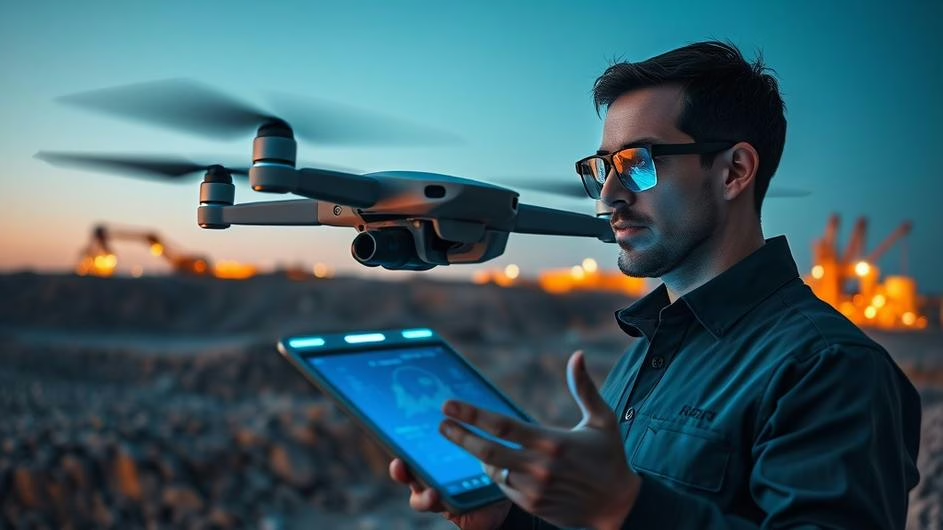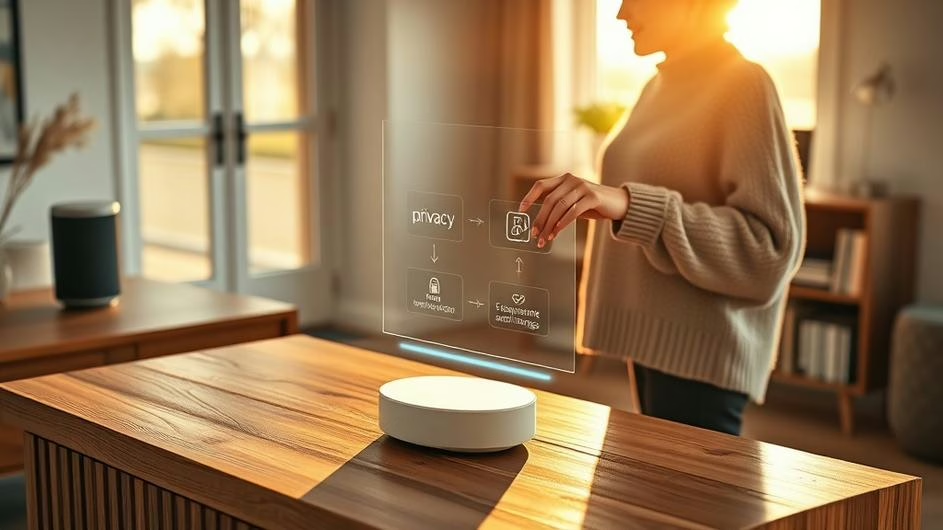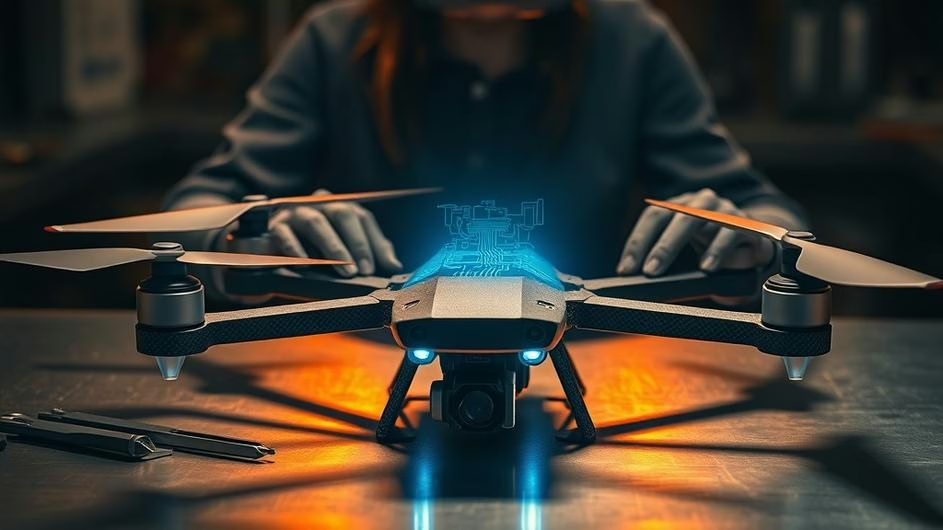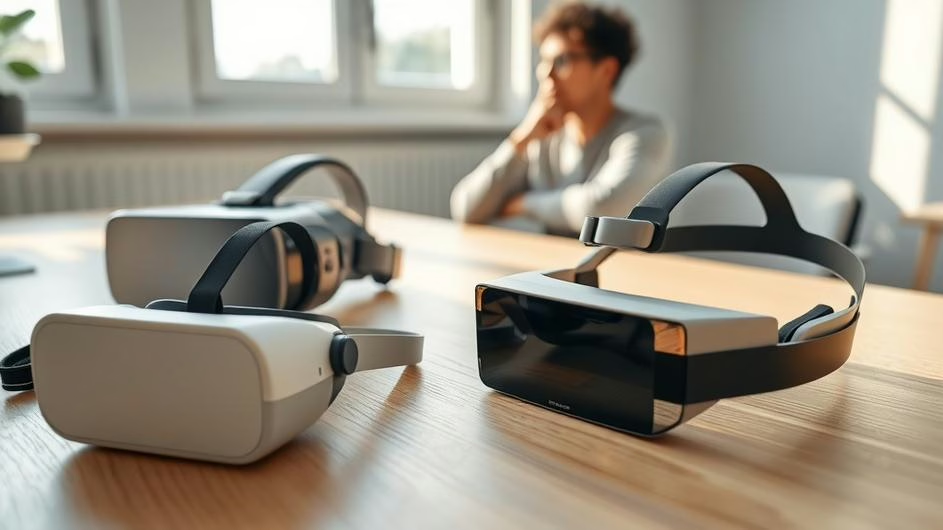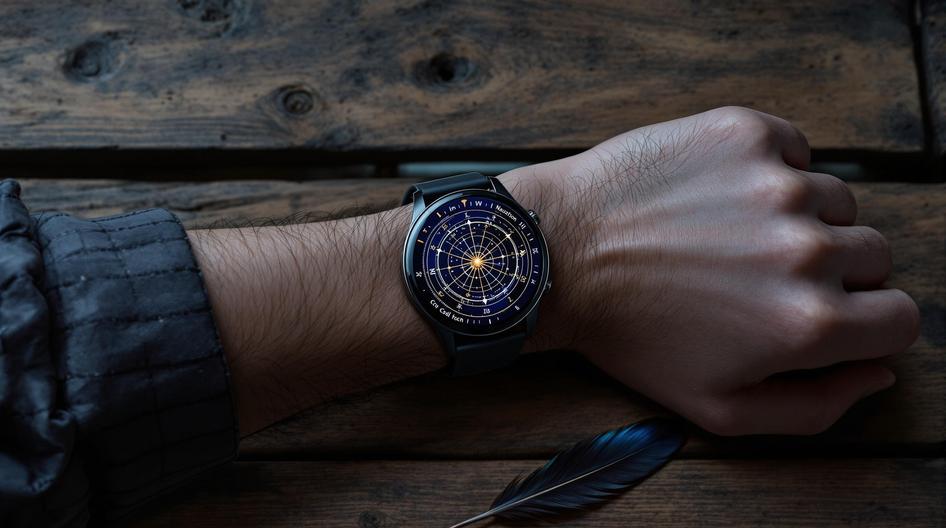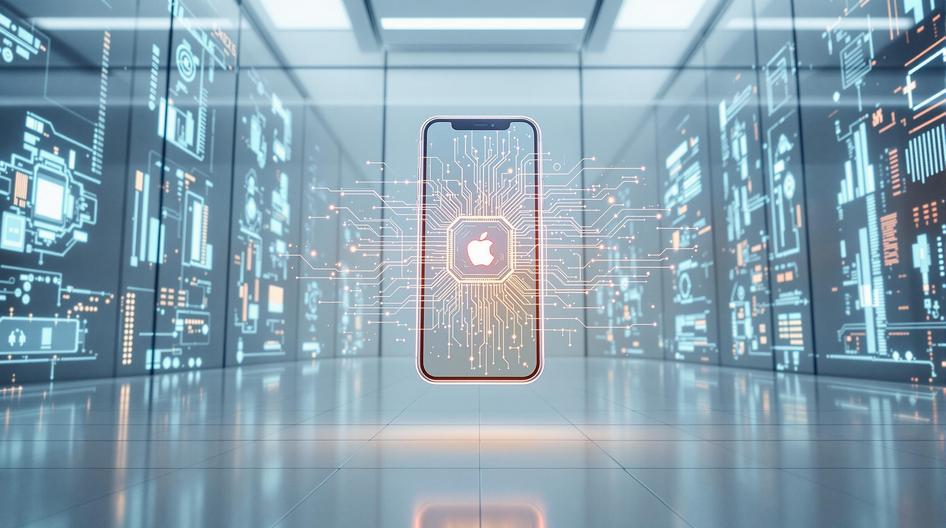
Smart Glasses, AI-Powered Browsers and Healthtech: The Next Frontier in Tech and Crypto
We’re watching something pretty remarkable unfold in the tech world right now. The lines between wearables, AI, and next-gen software are blurring in ways that could completely reshape how we interact with technology. For anyone keeping tabs on crypto and Web3 developments, these aren’t just cool gadgets we’re talking about. These innovations are setting up the infrastructure for a future where digital assets and real-world data merge seamlessly.
Meta’s Smart Glasses Get a Developer Makeover
Meta just dropped some big news that’s got developers buzzing. The company’s Wearables Device Access Toolkit is coming later this year, and it’s going to let app creators tap directly into the hardware of those Ray-Ban smart glasses you’ve been seeing everywhere.
Here’s why this matters: until now, smart glasses have been pretty locked down. You could use them for basic stuff, but developers couldn’t really get their hands dirty with the core functionality. That’s changing fast. With Meta’s new SDK, developers can access cameras, microphones, and speakers directly. Think about a golf app that gives you real-time yardage just by looking at the green, or a translation app that works hands-free while you’re traveling.
The early access list reads like a who’s who of tech: Twitch, Microsoft, and Logitech Streamlabs are already experimenting. Sure, Meta AI won’t be integrated initially, but the writing’s on the wall. We’re heading toward a world where AR experiences become as natural as checking your phone.
For the crypto crowd, this opens up some fascinating possibilities. Imagine verifying NFT authenticity just by looking at a piece of art, or managing your crypto wallet with simple eye movements. The infrastructure for seamless Web3 interactions is being built right now.
AI Takes Over Your Browser (In a Good Way)
While we’re talking about AI integration, Chrome just rolled out some features that actually solve real problems instead of just adding bells and whistles. The new AI-powered tab management might sound simple, but anyone who’s ever had 30+ tabs open knows this is huge.
The AI writing assistance is pretty slick too. It’s not trying to replace human creativity, but it’ll help you draft that email or polish up a blog post without breaking your workflow. For crypto researchers and DeFi developers who spend hours digging through documentation and writing proposals, these tools could be genuine time-savers.
What’s really interesting is how this fits into the broader AI transformation we’re seeing across industries. When your browser becomes this smart, managing multiple DeFi protocols or researching new crypto projects becomes way more efficient.
Healthcare Tech Gets Real (And Complicated)
The healthcare sector is moving fast on AI and wearables integration, and the UK’s NHS is leading the charge. Their vision includes AI-driven diagnostics, continuous patient monitoring through wearables, and expanded use of surgical robotics. Experts predict full AI adoption across NHS trusts within the next decade.
That’s the exciting part. The complicated part? Data ownership, accountability, and compliance issues are getting thorny as health data becomes more portable and interconnected. When your smartwatch can detect early signs of illness and share that data across multiple platforms, who owns that information? Who’s responsible if the AI makes a mistake?
This is where blockchain and crypto technology could really shine. Smart contracts could encode patient consent automatically, while decentralized systems could give people real control over their health data. The infrastructure for verifiable credentials and secure data sharing is exactly what Web3 was designed to provide.

The Medical Device Market Explodes
Behind all this innovation is a booming market for smart medical devices. Take flow diverters, which treat brain aneurysms. Companies like Medtronic have made these devices standard in North America, and the global market is expected to hit $3.5 billion by 2034.
The smart wearables market keeps climbing as both consumers and healthcare providers want devices that can feed real-time data into analytics systems. Some forward-thinking developers are already exploring how these devices could integrate with blockchain-secured health records.
What This All Means for Crypto and Web3
Here’s the bigger picture: smart glasses and medical wearables are expanding Web3’s reach into the physical world. When your glasses can authenticate your identity or your fitness tracker can verify your health status for insurance purposes, we’re talking about blockchain technology moving far beyond trading and DeFi.
Crypto investors and developers should pay attention to this convergence. We’re building toward ecosystems where accessing information and managing digital assets happens naturally, whether through gesture, voice, or even just looking at something. The most successful Web3 projects of the next few years might be the ones that figure out how to make these interactions feel effortless.
The regulatory and ethical challenges are real, but they’re also opportunities. Projects that solve privacy, consent, and data ownership problems won’t just serve the crypto community. They’ll be addressing fundamental issues that affect everyone as our physical and digital worlds merge.
These aren’t just iterative tech improvements we’re seeing. They’re the foundation for a future where individuals have unprecedented control over their data, wealth, and digital experiences. For anyone invested in Web3’s long-term potential, this convergence of wearables, AI, and decentralized systems represents the next major wave of innovation.
Sources
- “Meta’s New SDK Will Let Developers Build Apps For Its Smart Glasses” – UploadVR, Sept 19, 2025
- “Meta’s New SDK Will Let Developers Build For Smart Glasses” – UploadVR, Sept 18, 2025
- “The NHS, healthtech and legal risk – we need to talk” – Kennedys Law LLP, Sept 16, 2025
- “Chrome’s Game-Changing AI Features: Smarter Tabs, Instant Writing & Custom Themes” – ts2.tech, Sept 18, 2025
- “Flow Diverters Market is expected to reach USD 3.5 billion by 2034” – openPR.com, Sept 19, 2025

